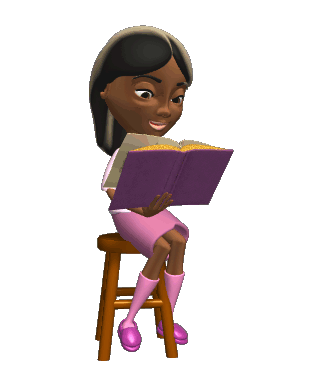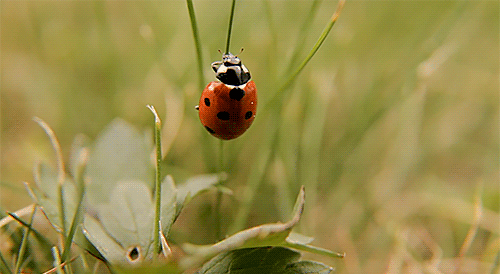Emergent Literacy Design:
Learning Letter L With Little Ladybug
Procedures: 1. Say: our written language is a secret code. The tricky part is learning what letters stand for—the mouth moves we make as we say words. Today we’re going to work on spotting the mouth
2. Let’s pretend we have a little ladybug, /l/, /l/, /l/. Notice where your tongue is? (showing student where tongue is). When we say /l/, we lift our tongue to the roof of our mouth.
3. Let me show you how to find /l/ in the word pail. I’m going to stretch pail out in super slow motion and listen for the /l/ sound. Ppp-aaaa-iii-lll. Slower: Ppp-aaa-iii-lll There it was! I felt my tongue on the roof of my mouth. I can feel my tongue /l/ in pail.
4. Let’s try a tongue twister [on chart]. “Lisa lost the large lemon for the lizard Lenny loved.” Everybody says it three times together. Now say it again, and this time, stretch the /l/ at the beginning of the words. “Lllllisa lllllost the llllllarge lllllemon for the llllizard Llllenny lllloved.” Try it again, and this time break it off the word: “/l/isa /l/ost the /l/arge /l/emon for the /l/izard /l/enny /l/oved.”
5. [Have students take out primary paper and pencil]. We use letter L to spell /l/. Let’s write the lowercase letter l. Start at the rooftop and go straight down to the side walk. I want to see everybody’s l. After I put a ladybug sticker on it, I want you to make nine more just like it.
6. Call on students to answer and tell how they knew: Do you hear /l/ in lazy or fun? Long or flower? Toe or tall? Long or short? Loud or soft? Say: Let’s see if you can spot the mouth move /l/ in some words. Thumbs up if you hear /l/: The, low, love, pick, let, lap, to, orange, like.
7. Say: “Let’s look at an alphabet book. Max tells us about his ants escaping from their farm. The ants go looking for food everywhere.” Read page 13, drawing out /l/. Ask children is they can think of other words with /l/. After we finish the students will get to make up their own silly names for the ants in the book. Say: “After you have thought of a silly name for the ants you will write them down on the paper and draw a picture.” I will display their work.
8. Show LOG and model how to decide if it is log or small. The L tells me to brush my teeth, /l/, so this word is lll-og, log. You try some: LION: Lion or Lying? BIRD: heard or bird? LEAF: leaf or keep? KING: wing or king? LADY: lady or shady?
9. For assessment, distribute the worksheet. Students are to complete the partial spelling and color the pictures that begin with L. Call students individually to read the phonetic cue words from step #8.
References:
Carley Grisham, Singing Opera With the letter L http://carlymgrisham.wixsite.com/mscarlyreading/emergent-literacy
Abagail Rickerson, Large L Lollipop’s https://acr0040.wixsite.com/abbyrickerson/emergent-literacy
Bruce Murray, Brush Your Teeth With F http://www.auburn.edu/academic/education/reading_genie/sightings/murrayel.html
Assessment worksheet: http://www.kidzone.ws/kindergarten/l-begins2.htm
click here to return to the reading genie website http://www.auburn.edu/academic/education/reading_genie/horizons.html
Rationale: This lesson will help children identify /l/, the phoneme represented by L.
Students will learn to recognize /l/ in spoken by learning a meaningful representation (little ladybug) and the letter symbol L, practice learning /l/ in words, and apply phoneme awareness with /l/ in phonetic cue reading by distinguishing rhyming words from beginning letters.
Materials: primary paper and pencil; ladybug stickers; chart with “Lisa lost the large lemon for the lizard Lenny loved”; drawing paper and crayons; Max’s ABC (Puffin Books, 2008); Word cards with LOG, LION, BIRD, LEAF, KING, LADY; assessment worksheet identifying pictures with /l/ (ULR below)

